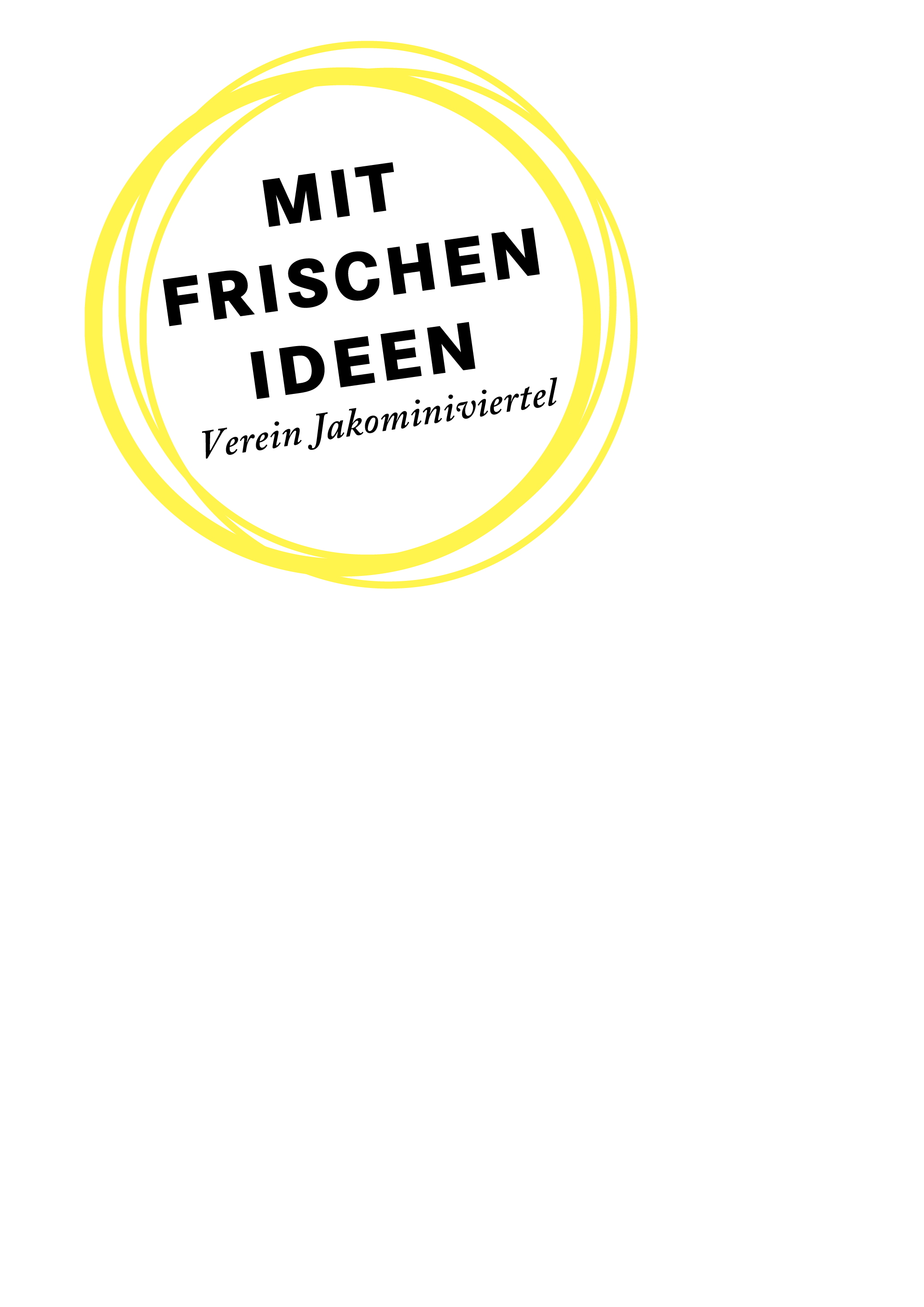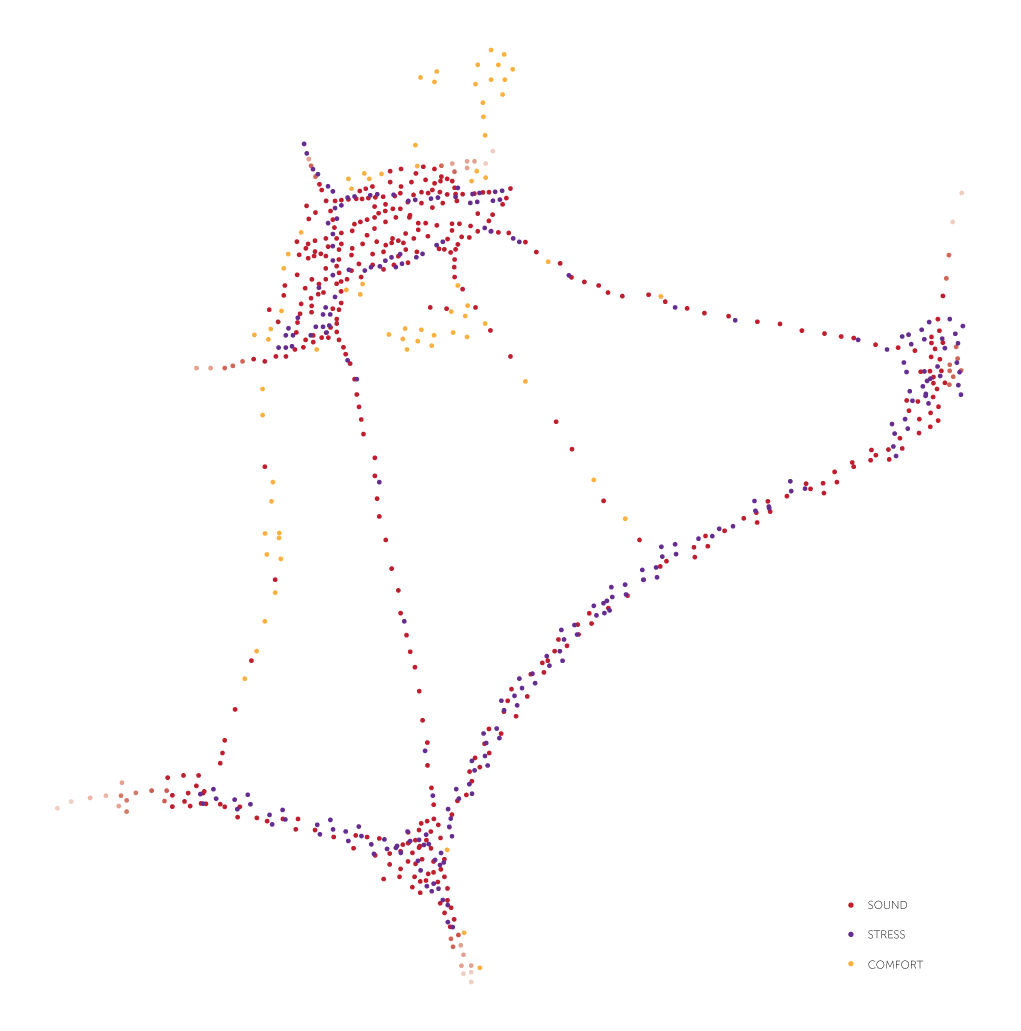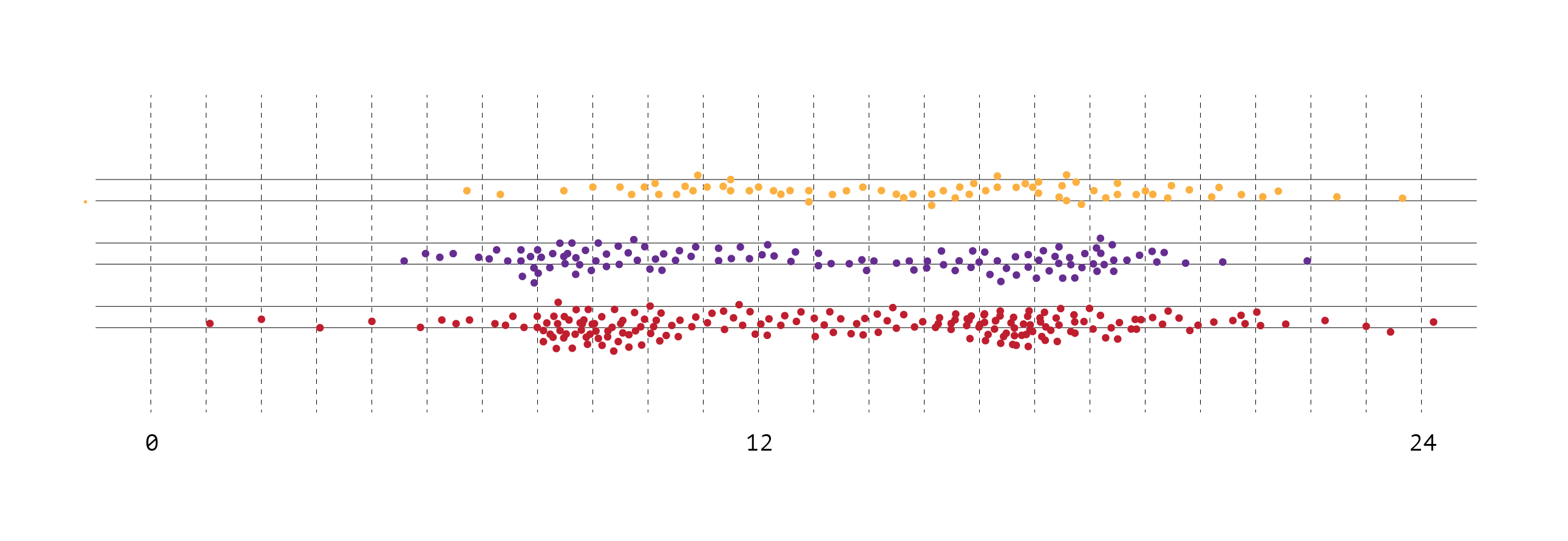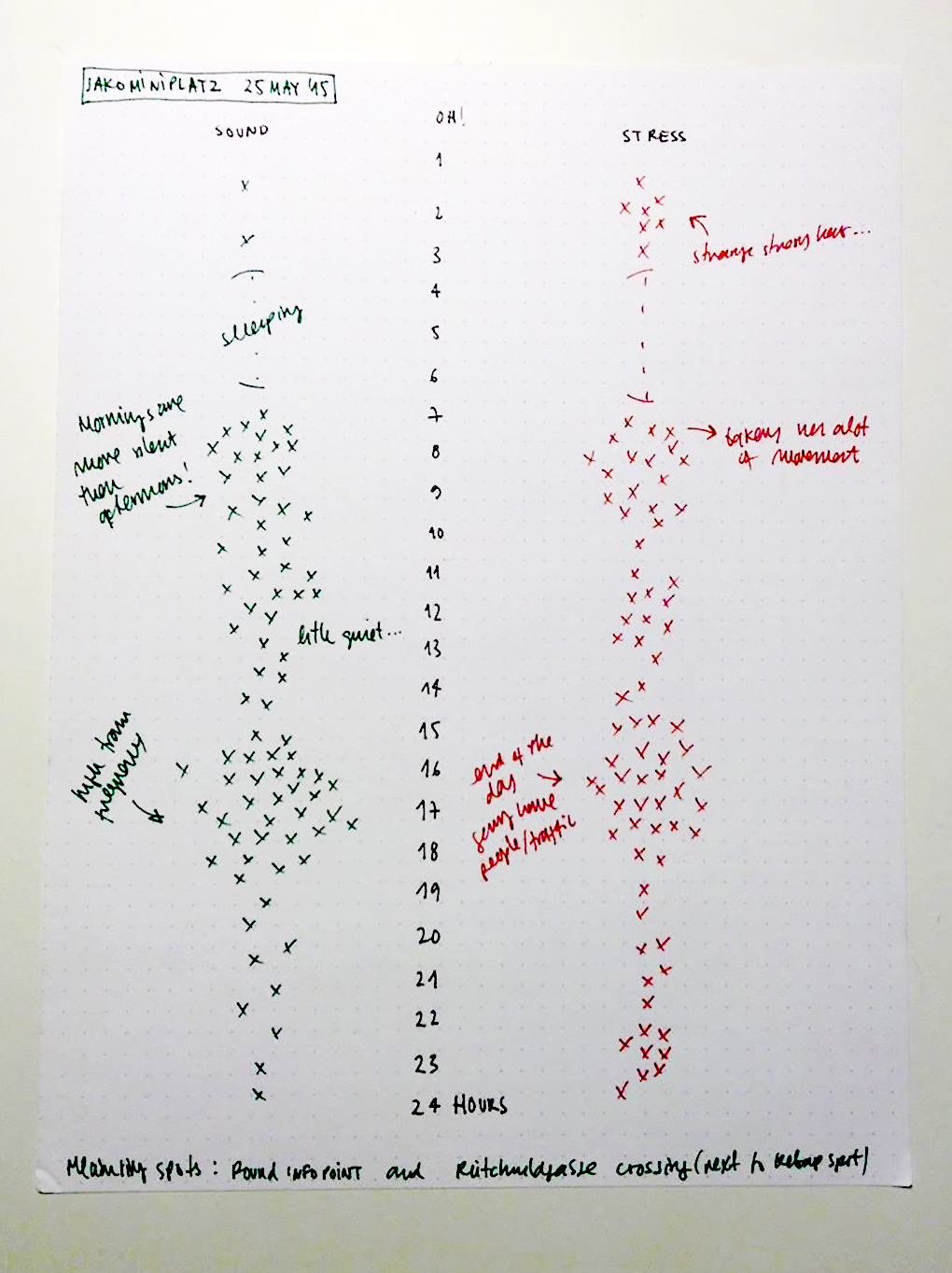Fernanda Reis
Noise is all around us
The impact of noise pollution in our health and performance is proven by many studies, which have pushed cities to adopt measurements for noise reduction, as controlled dB limits, scheduled traffic hours, sound insulation materials in buildings, etc. Nowadays, we´re also aware how noise may be a cause for negative social behaviours and stress. In a test performed in 1992 in Munich, students from a school near the airport scored lower on memory and reading tests. Their blood tests revealed “significantly higher levels of adrenaline and cortisol — the body‘s stress hormones”. Such results put pressure on sustainable planning of our urban soundscapes.
Not all sound is equal
Humans have an intrinsic emotional need to connect with nature. This explains why rural and suburban places produce more “subjective well-being” than urban environments. It also emphasises the importance of natural elements in urban spaces, such as fountains and trees — not only they provide us to reconnect with nature, as they work as sound absorbers or create a so-called „white noise“, as water fall and bird singing, which mitigates traffic and disturbing noise. Moreover, our stress levels reflect not only an acute discomfort in the presence of certain sounds, rather also an annoyance caused by our surroundings and towards the source of that sound — and whether it´s produced by natural or by man-built elements. Not all sounds are created equal, even at comparable levels of loudness.
When silence is stressful
However, while noise is a factor of discomfort, what happens at night when we cross a silent street? Isn´t the impression of being alone — and maybe at risk — also stressful? A comfort space in the day light, as a quiet street, a park or garden, can be as well a stress point in the silence of the night. So how to find balance between loud and silence, stress and comfort — and how to translate it into urban planning for an happier city?
The analysis
For this analysis, I´ve recorded the sound of 5 points in Jakomini Viertel, at 12am and 12pm of the same day. The result is presented as an interactive sound installation — the visitors can control the source of the sound, understand the contrast between day and night and analyse themselves whether noise and silence necessarily mean stress and / or comfort. They are also invited to pinpoint what they perceive has the most stressful point on Jakomini Viertel, helping building up the „Stress Map”.
In conclusion, I think a comfort space in a city has to foster positive human interaction and opportunities for social exchange. A city stress point, usually because of a confluence of functions, even if loud and stressful at a first sight, when developed in a closed net providing as well comfort elements, either trees, parks, squares with leisure offers (shops, cafes, restaurants) or tree-lined streets, can facilitate this social connections and connection with place itself.
—
The back side
Collected Sounds:
Jakominiplatz | day vs night
Reitschuldgasse / Jakominiplatz | day
Klosterwiesgasse | day
Grazbachgasse / Jakoministrasse | day
Jakoministrasse | day vs night
Grazbachgasse / Schönaugasse
Collected Data: Stress / Sound



















